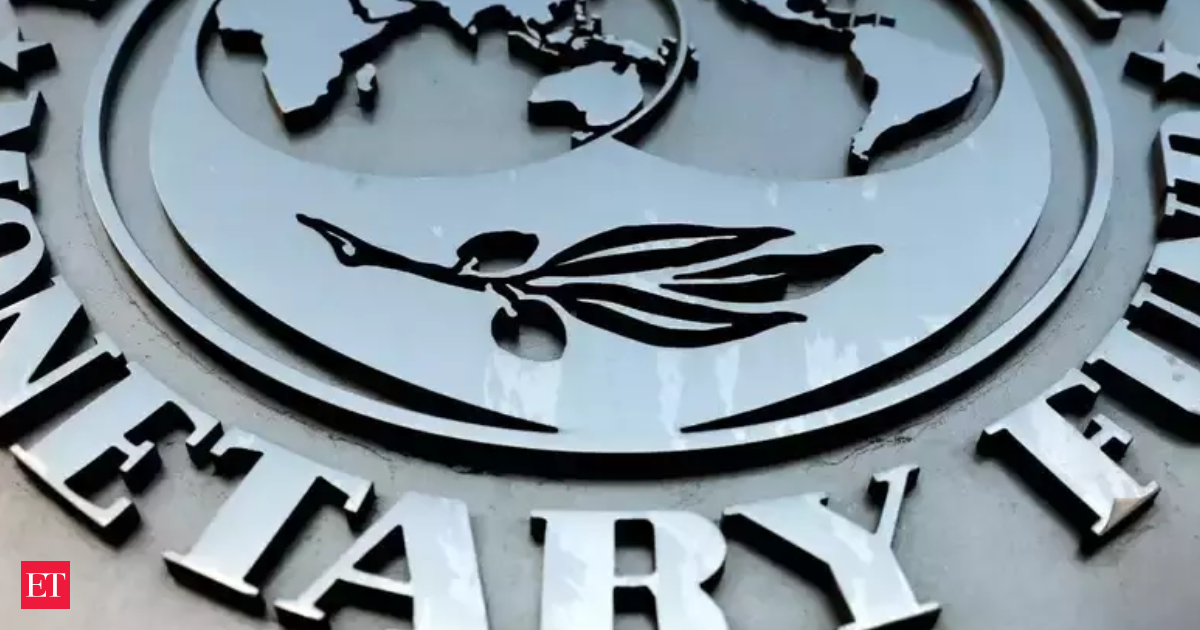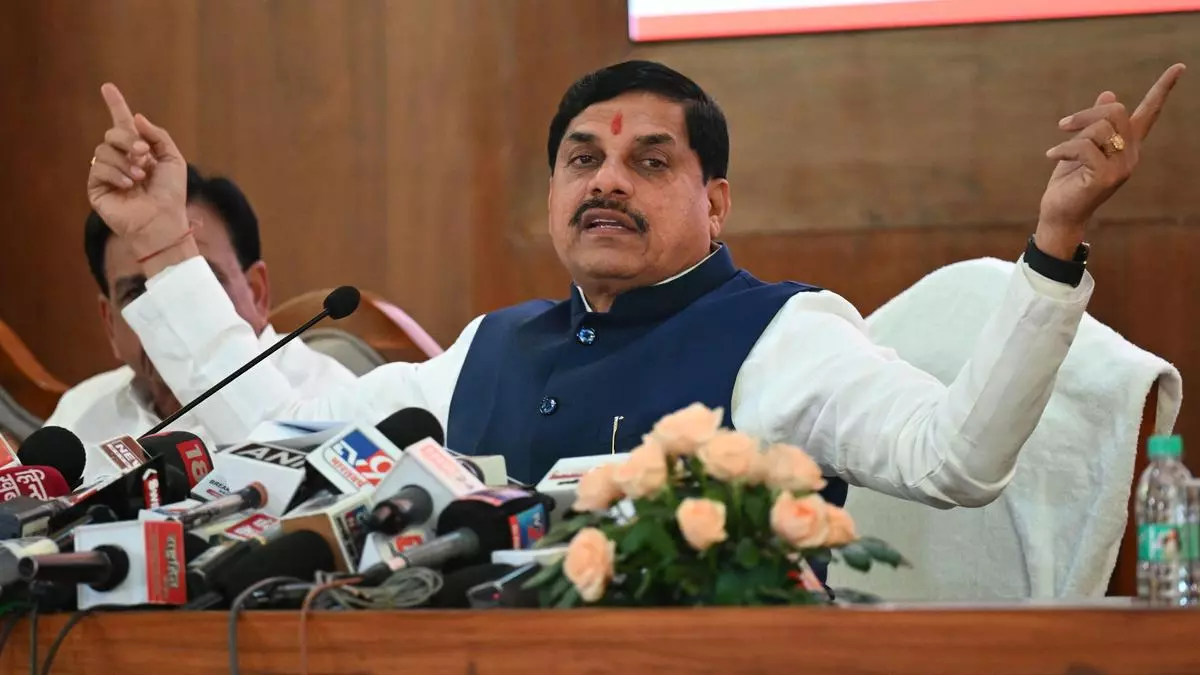India’s foreign exchange regime is facing criticism from the International Monetary Fund (IMF) after it was reclassified to stable from floating. The Reserve Bank of India (RBI) disagrees with this reclassification and argues that it is wrong. The reclassification to ‘stable’ from ‘floating’ could have significant implications for the RBI’s future actions and India’s monetary policy.
The IMF claims that the RBI has followed a stable exchange rate regime by restricting volatility through its currency market interventions. This means that the RBI has intervened in the foreign exchange market to curb volatility arising from demand-supply mismatches. The RBI purchases dollars when there is excess supply pressure and sells dollars when there is excess demand. The value of the Indian rupee is ultimately determined by the nature and level of intervention by the RBI.
On the other hand, India argues that its stable currency is driven by fundamentals such as narrowing the current account deficit and strong capital flows. The RBI has used these capital flows to build forex buffers. Market analysts suggest that the exceptional period from early 2022, characterized by geopolitical tension in Europe and a surge in the dollar index, justified the RBI’s actions.
A stable exchange rate regime would require the RBI to maintain a stable currency even in the face of volatile capital flows. This would involve excessive dollar purchases during periods of strong inflows and selling more dollars during periods of outflows. While this may help maintain a stable currency, it could potentially impact India’s imports and exports. Imports would become more expensive, while exports would become cheaper. This misalignment with global market conditions could have implications for India’s economy.
Furthermore, a stable exchange rate regime could impact India’s monetary policy conduct. A lower unit value of exports due to a stable exchange rate could affect the country’s export competitiveness. Import prices may not be significantly impacted, but there could be consequences for capital flows that fund the current account in the balance of payments. Foreign investors may find the returns less attractive in a stable exchange rate regime.
The IMF’s view on India’s exchange rate policy is not binding for the government or the RBI, as there is no transactional relationship with the multilateral body. India is not obliged to adhere to any conditions set by the IMF.
In conclusion, the reclassification of India’s exchange rate regime by the IMF has sparked disagreement and debate. The implications of this reclassification for the RBI’s actions, India’s monetary policy, and the country’s markets and economy are still uncertain. However, India’s defense of its stable currency and the potential impact of a stable exchange rate regime highlight the complexities of managing the country’s foreign exchange reserves and balancing domestic and global market conditions.










